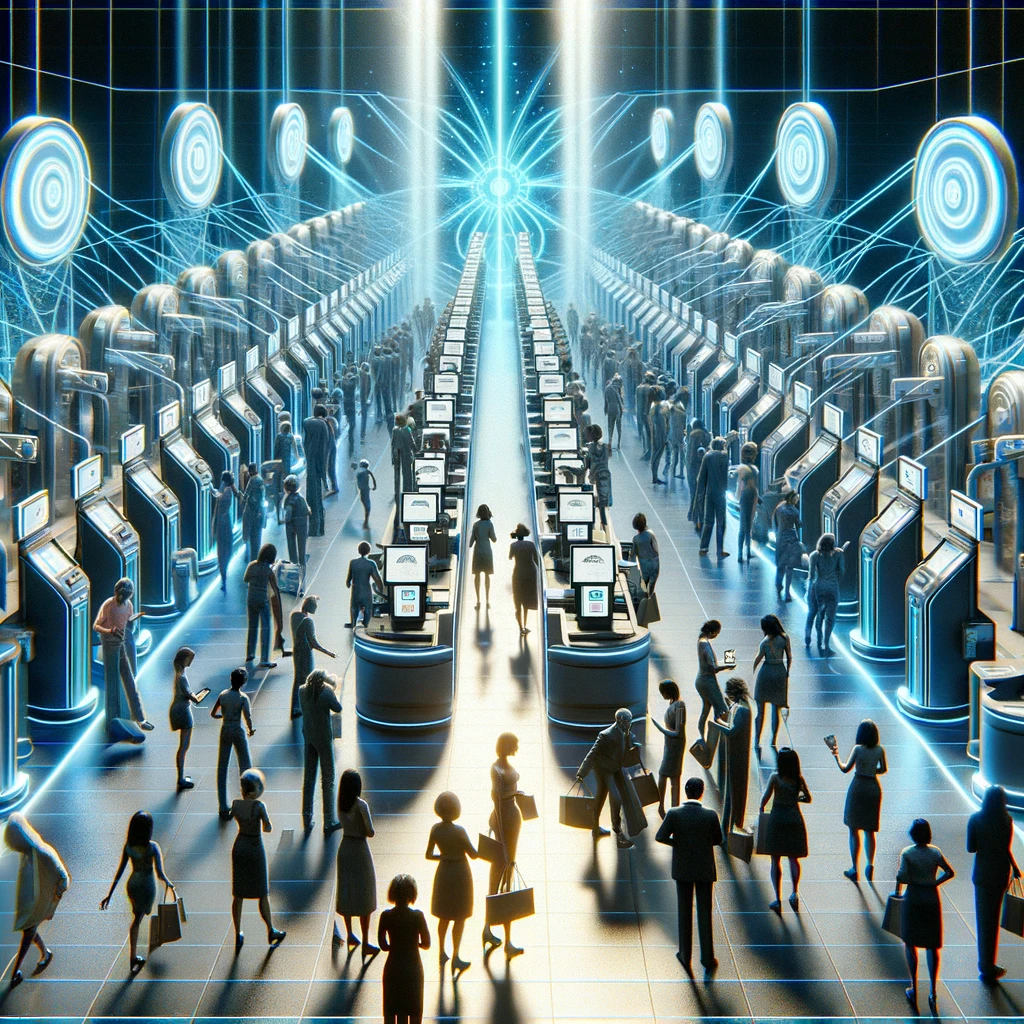Are these kiosks designed AND implemented to fit their purpose? No.
As pointed out (The state of self-checkout: Target tests a new system) self-checkout (unattended Retail) began in the 1990s and were aimed at enhancing customer convenience and reducing costs for retailers. However, the way we shop and buy has changed.
Target's 10-item limit at self-checkout lanes experiment is a poor knee-jerk reaction. Scan and pay experience (the activities and payment – scan, bag, and pay) are designed for specific use cases. You need to find the bar code and run it across the scanner and bag. There is a lag in the scanning technology, so if the goal were to have speed trials in bagging, it would fail. Worse, if you miscounted and have 11 items, then what? You’re annoyed, the people behind you are more irritated, and you’ll likely abandon your cart.
What is the goal of self-checkout?
It addresses two key issues: the efficiency of the self-checkout process and the customer experience. The technology was created to work with bar codes for efficiency. I’ve watched hundreds of people (more on that in a bit) stumble over product lookups. There’s no good way around it; computer vision helps, but some retailers find the most daunting.
However, the move highlights the opportunities and needs for self-checkout systems. These include technical issues requiring staff intervention and the impersonal nature of the experience.
Customers often need help with kiosk errors (high-traffic scanners need cleaning, and the computers put in are usually older and low-end components) or assistance with activities like ID checks, which defeats the purpose. Technology exists to help with IDs, but if you’ve ever needed help at self-checkout, you know one person can scan their card, and another person buys.
Consumer flow can be routed to a 21+ line, with a few changes to improve the experience.
Based on my experience, the key takeaway for retailers is the importance of aligning technology with consumer expectations and operational realities.
Unattended retail technology, including self-checkout, should streamline the customer shopping experience. It can be fast, a delightful experience, or cost-effective. You can only have two of three.
After 20 years of designing, building, and deploying tens of thousands of self-checkout and payment systems as Head of Product across thousands of diverse locations, my experience is that it’s always about fit to purpose. In our micro-markets, we conduct light training along with promotional opportunities.
Continual assessment and adaptation are crucial. Retailers must stay attuned to changing customer needs and wants in each location and be able/willing to adjust strategies, whether tweaking existing systems or changing the consumer flow.
What do you want from self-checkout? We’ll get several themes, guaranteed.
The goal should always be to create a delightful, efficient, and pleasant shopping experience that meets the needs of diverse customer bases.

